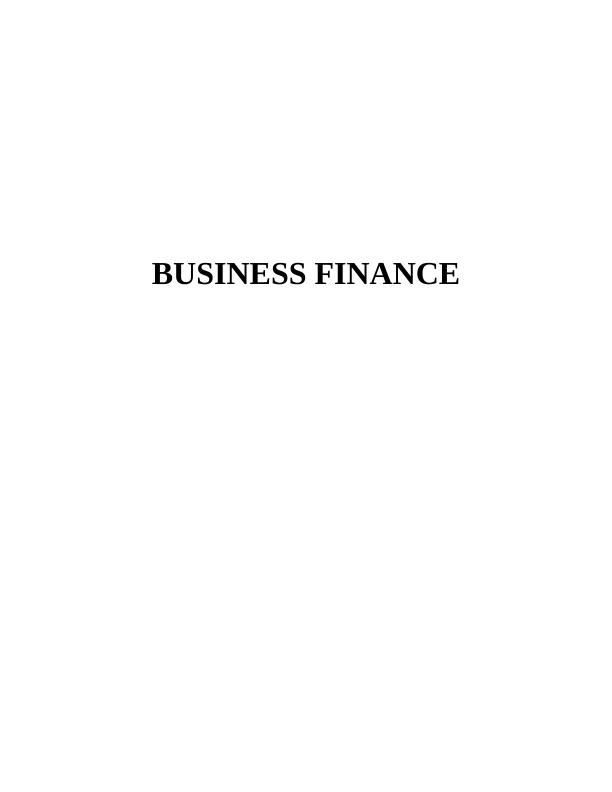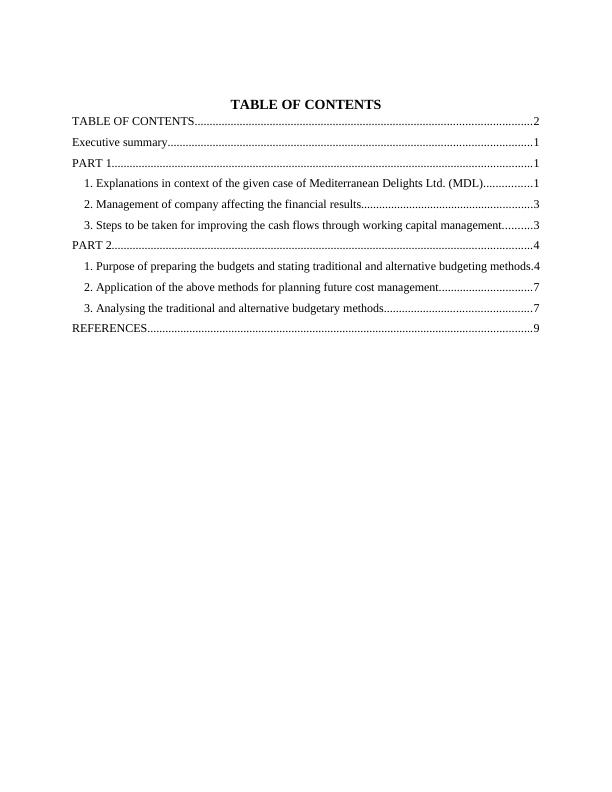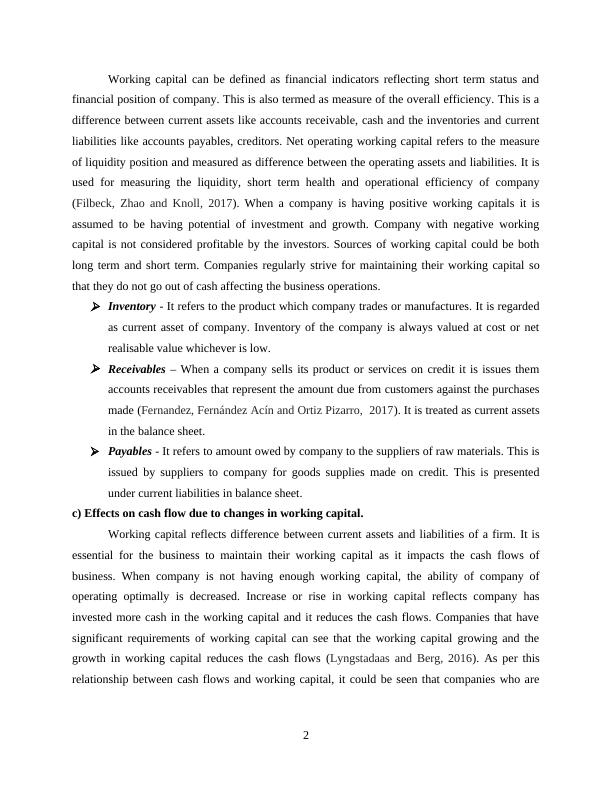Business Finance: Working Capital and Cash Flows
11 Pages3628 Words40 Views
Added on 2023-01-13
About This Document
This report provides insights into the importance of working capital and cash flows in business finance. It covers topics such as the difference between profit and cash flow, the meanings of inventory, receivables, and payables, and the effects of changes in working capital on cash flow. It also offers steps to improve cash flows through working capital management. The report is relevant for students studying business finance or related subjects.
Business Finance: Working Capital and Cash Flows
Added on 2023-01-13
ShareRelated Documents
End of preview
Want to access all the pages? Upload your documents or become a member.
Business Finance Analysis | Case Study
|15
|3775
|19
Profit and Cashflow: Concept and Difference
|15
|3665
|90
Financial Accounting | Case Study Analysis
|17
|3726
|28
Business Finance: Working Capital and Budgeting
|10
|3073
|49
Concept of Profit and Cashflow and difference between profit and cashflow
|15
|3159
|99
Case Study on Financial Analysis Concepts and Working Capital Management
|10
|3124
|47




